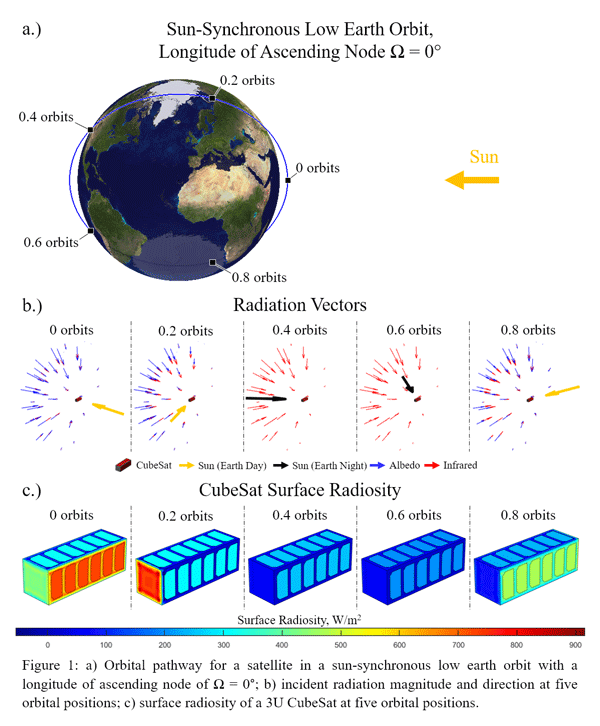AP2-7
Heat Load Calculations on an HTS Coil Integrated into a Small Satellite during a Sun-Synchronous Low Earth Orbit
Dec.1 15:30-15:50 (Tokyo Time)
Robinson Research Institute, Victoria University of Wellington, Wellington, New Zealand1
High-temperature superconductivity (HTS) has the potential to be a useful technology for space applications, allowing for high current densities and high magnetic field generation in compact devices, an advantage in a field with extreme weight and size restrictions. However, HTS materials only operate at cryogenic temperatures and it is not well understood how this can best be achieved in a space environment.
In this study, several mathematical models were developed to predict the expected heat load on a hypothetical 3U CubeSat integrated with an HTS coil during a sun-synchronous low Earth orbit. A model was developed to calculate the position and velocity of a satellite in an orbit with a longitude of ascending node of Ω = 0º. Then, the model was used to calculate the time-dependent direction and magnitude of solar, albedo and infrared incident radiation on the satellite. Using a finite element approach, the time-dependent surface radiosity and temperature of the CubeSat was predicted and validated against literature sources. Assuming the use of copper current leads, the length to area ratio was optimised to minimise conduction heat transfer. Finally, the instantaneous heat load on the HTS magnet from a variety of sources was calculated as a function of orbital position.
This work provides vital technical information pertaining to the nature of the appropriate refrigeration device required to maintain cryogenic temperatures for the purpose of utilising HTS on space faring vessels, such as a cryogen-based cooling system, or cryogen free devices (such as a cryocooler). Selection and design of a satellite cooling system must be optimised according to the calculated heat load and available solar power. The developed modelling tools are flexible, so that thermal analysis of other orbits could be explored, and the performance of cryogenic systems predicted at a component level.
Keywords: Small Satellites, Thermal Management, Orbital Mechanics
